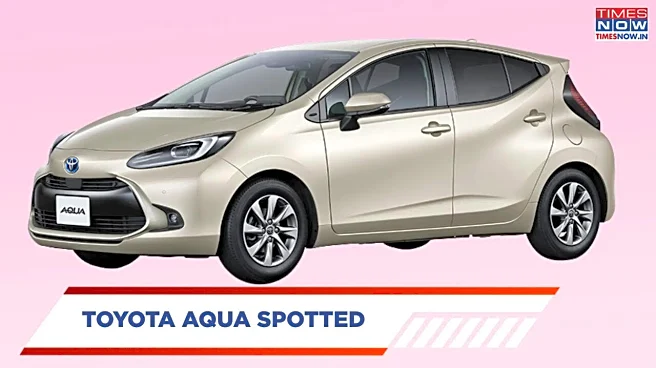India’s automobile industry is showing signs of life after a soft patch, with a new report forecasting a demand recovery stretching over the next two to three years. Strong policy support, from tax cuts
and interest-rate easing to Pay Commission salary boosts, is expected to unlock customer spending. As per ANI, with recent data already showing early green shoots in two-wheelers and commercial vehicles, original equipment manufacturers (OEMs) and investors are watching closely. What this reveals is a broader structural rebound, rather than a short-lived uptick, pointing to better days ahead for the auto sector.
Also Read: All Honda SP 125 Colours Explained — Which Shade Suits You?
Key Macro Tailwinds
According to the report by InCred Research, major stimulus levers are in place to reverse the auto segment’s recent sluggishness. Measures such as income-tax rate reductions, anticipated interest-rate cuts and the upcoming salary revisions under the 8th Central Pay Commission are expected to increase household disposable income and borrowing capacity. The report states that the auto sector’s forward price-to-earnings (P/E) ratio is only slightly above its ten-year average, reinforcing the “Overweight” rating for the segment.
Current Demand Signals
OEMs already posted double-digit year-on-year growth in Q2 of FY26, driven by an early festive period and the August-September GST rate cut on target vehicle categories. Two-wheelers led the way with mid-teen volume growth, while passenger cars lagged with mid-single-digit gains, indicating a segment-varied recovery. At the same time, margin pressures from rising raw material costs were cushioned by operating leverage.
Segment Outlook And Risks
While the overall demand recovery looks promising, the report highlights uneven growth across segments. Two-wheelers and commercial vehicles are expected to bounce back sooner thanks to lower ticket sizes and fleet renewal dynamics. In contrast, passenger cars may take longer to recover due to higher financing rates and price sensitivity. Also, persistent supply-chain issues, raw-material inflation and interest-rate uncertainty remain risks to the rebound.
What This Means For Industry Players
Manufacturers and dealers should position themselves for the upturn by managing inventory, focusing on value-added models and keeping financing offers ready. Investors may look to auto stocks that are trading at manageable valuations and are well positioned for a demand revival. If the policy tailwinds hold, the industry could see a sustained cycle of growth rather than a short burst.
Also Read: Delhi GRAP Stage 3 Update — Enhanced Restrictions For Cars And Bikes Explained
The next two to three years look pivotal for India’s auto industry. With structural stimulus in place and early signs of recovery evident, the outlook is more positive than it has been in recent quarters. However, the recovery will likely be uneven across segments and will depend on how persistent macro-factors like inflation and interest rates behave. For now, the message is clear: the cycle is turning, and companies that align early may ride the wave successfully.
(With inputs from ANI)












